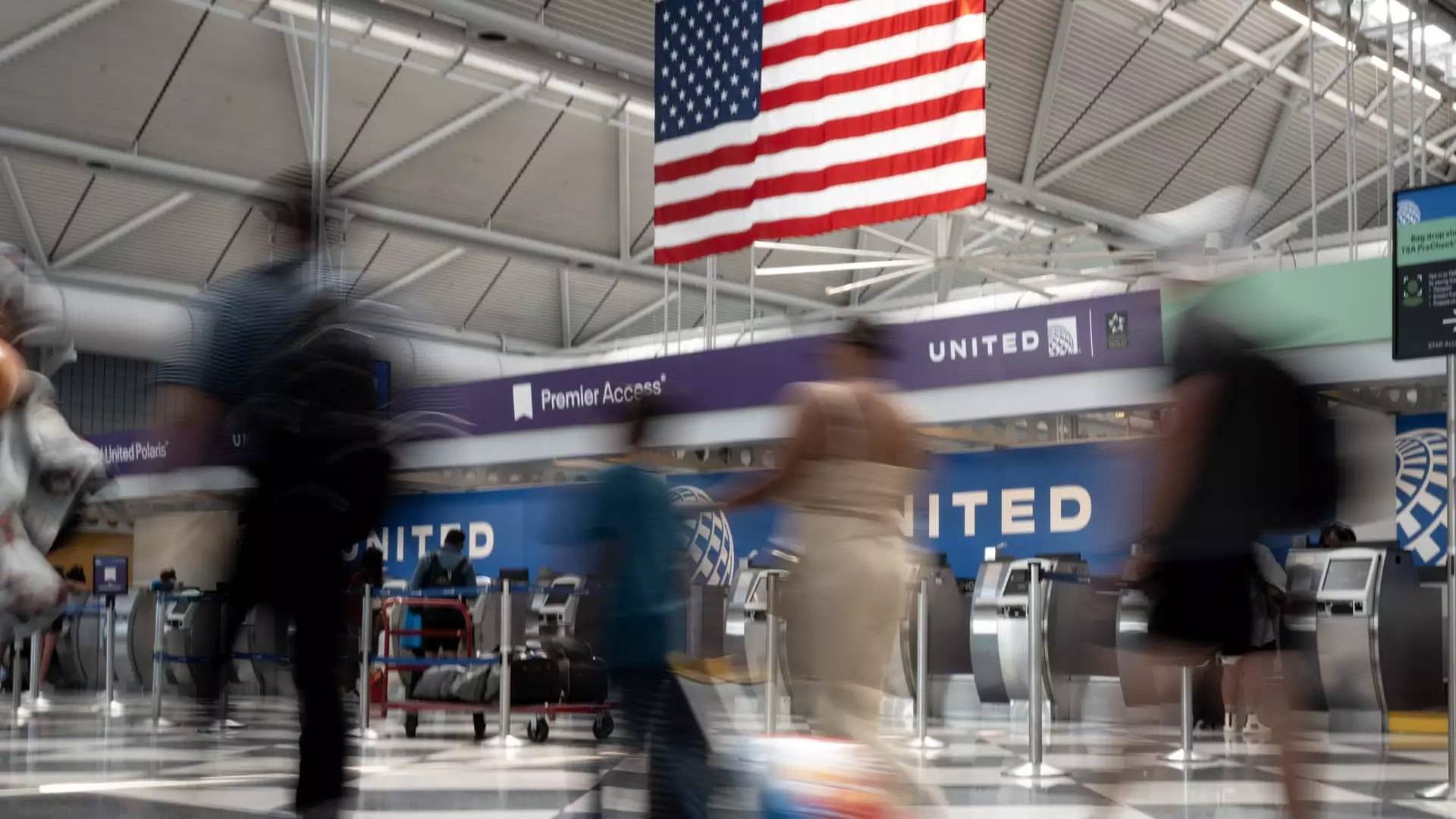The summer of 2023 has brought record air travel demand to the United States, but unfortunately, this surge in demand has not translated to record profits for U.S. airlines. Even though some carriers have anticipated record demand and revenue, various factors have been playing against them, resulting in a lack of significant growth in their profits. Higher labor costs and other operational expenses have significantly impacted the bottom lines of these airlines.
Challenges Faced
In response to the slower growth in demand and the challenges posed by escalating costs, some airlines have decelerated, and in certain cases, halted their hiring processes. This is quite the contrast to the hiring sprees that took place when airlines were rebuilding following the aftermath of the pandemic. Additionally, airlines are grappling with delays in the delivery of new, fuel-efficient aircraft from major manufacturers like Airbus and Boeing. This issue is exacerbated by a Pratt & Whitney engine recall that has caused dozens of aircraft to be grounded.
Interestingly, despite the challenges faced by U.S. airlines, they have continued to increase their capacity. Recent data from aviation specialist OAG reveals that U.S. airlines flew approximately 6% more seats in July compared to the same period in 2023. This growth in capacity has helped to stabilize airfare pricing, as airlines strive to keep prices competitive in the face of rising costs.
Unfortunately, the stock performance of U.S. airlines has not been particularly impressive. The NYSE Arca Airline Index, which tracks mostly U.S. airlines, has experienced a decline of almost 19% this year, while the broader market represented by the S&P 500 has seen gains of over 16%. This discrepancy between the performance of airlines and the overall market reflects the challenges that the industry is currently facing.
Looking ahead, the future remains uncertain for U.S. airlines. Analysts, such as Savanthi Syth from Raymond James, have expressed ambiguity regarding what the third quarter holds for the industry. Factors such as potential changes in spending patterns and corporate travel demand could further complicate the outlook for airlines. With the Paris Olympics impacting travel to Europe and questions surrounding late-summer demand, the path ahead for airlines is indeed murky.
Among the major U.S. airlines, Delta Air Lines stands out as a frontrunner. Known for its successful marketing strategies and premium services, Delta has been able to weather the storm better than its competitors. Additionally, airlines like United and Alaska have maintained strong positions in the market, with less earnings risk and healthier free cash flow compared to their peers.
As airlines navigate through the challenges posed by the current landscape, they are being forced to adapt to changing consumer needs and market dynamics. Carriers like Southwest Airlines are under pressure to evolve their traditional business models to compete with larger rivals that are experiencing growth in premium cabin services. The push for new revenue initiatives and strategies to meet evolving customer demands has become crucial for airlines to survive and thrive in the industry.
In response to changing market conditions, some airlines are implementing innovative changes to their services. JetBlue Airways and Frontier Airlines have begun optimizing their flight schedules and revamping their pricing strategies to attract more passengers. Introducing bundled fares, eliminating change fees, and offering new cabin classes are some of the ways in which these airlines are trying to stay ahead of the competition.
Financial Pressures
Despite efforts to adapt and innovate, some airlines, like Spirit Airlines, are still facing financial pressures. The grounding of Pratt & Whitney engines and legal challenges have added to the woes of struggling carriers. Spirit Airlines, in particular, has had to warn pilots of potential layoffs and grapple with mounting debt obligations. These financial struggles underscore the significant challenges that airlines are currently facing in the wake of record demand but lackluster profits.

